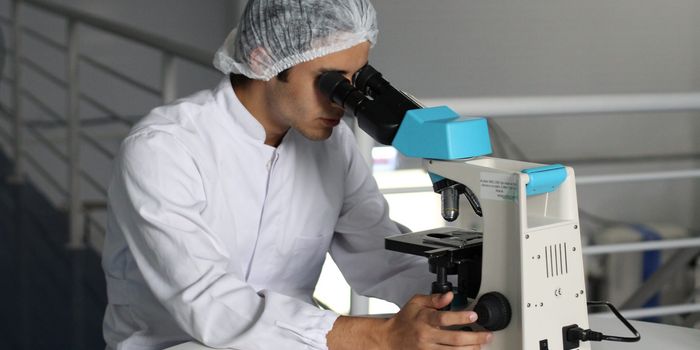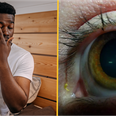Demodex folliculorum live in the pores of our skin
The human face has been revealed to be home to thousands of mites that live deep within our pores and mate at night.
A BBC report has revealed that the Demodex folliculorum mites spend their entire life living deep in our faces.
The 0.3-milimetre-long organisms only leave the pores on our skin to find another follicle, meet a partner and mate.
They are dependent on humans for their survival and are carried by nearly 90 per cent of the people and are mostly found the wings of the nose, the forehead and the ear canal.
Just the thought of such creatures living on our face can make you feel queasy.
But if you are thinking about using a facewash, or a scrub, there is no use because they live too deep in your skin to be ever washed out.
Mercifully for some, a study published earlier this year found that the mites could be facing a problem with their DNA and are close to extinction. It is based on the genome sequencing of these mite done by Dr Henk Braig from Bangor University and his colleagues.
They collected the genome by using a blackhead remover of a person’s nose and forehead. Each sample yielded about 40 D folliculorum mites.
The study revealed that these tiny creatures have lost a gene that protects them from ultraviolet light, which is why they are active at night.
“In the night, whilst we’re in a deep sleep, they visit the pores to have sex and have babies,” co-author of the study Dr Alejandra Perotti, from the University of Reading, told the BBC.
As their genetic make-up changes, these mites will become increasingly dependent on us, which can eventually lead to their extinction.
The more they adapt to humans, the more genes they lose, meaning there will come a time when these creatures won’t be able to leave our pores at all and find a new mate.
This development would lead to their end, said the study. It has been published in Molecular Biology and Evolution.
Related links:
- Revealed: The day most Brits will be hungover this December
- A new £1 hangover prevention pill has gone on sale in the UK today
- Doctor says never take paracetamol to treat a hangover and reveals what to take instead



















































